
Kosovo is generally described as a “partially recognised state” and a disputed (with Serbia) territory since it formally declared independence from Serbia in February 2008.
This landlocked territory is regarded by Serbia as its own “Autonomous Province of Kosovo and Metohija”, even though Belgrade recognises Kosovo’s elected government as the administrators of “their Serbian territory”.
Kosovo – A country regarded as “not a country but is a country”, and most agree with that.
The independence of Kosovo is obviously a very contested issue and a topic of discussion wisely avoided by foreign visitors. Nowhere in Kosovo is this topic so contentious as in the northern town of Mitrovica.
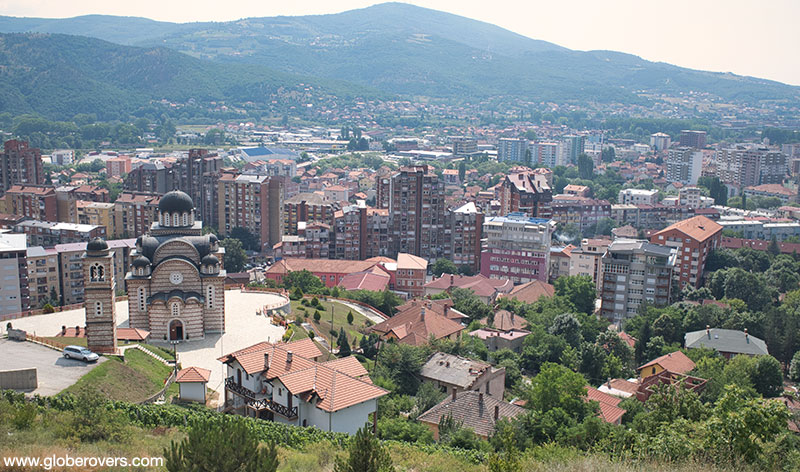
The town of Mitrovica with a population of over 80,000 people, lies about 23 km, as the crow flies, from the official border with Serbia.
Kosovo Albanians proclaimed the independent state of “Republic of Kosova” in 1992 and is now recognized by at least 111 out of 193 UN members.
Divided into North Mitrovica and South Mitrovica, a walk to the dividing line on the pedestrian-only Mitrovica bridge, commonly known as the Ibar River bridge, reveals a seriously divided city.
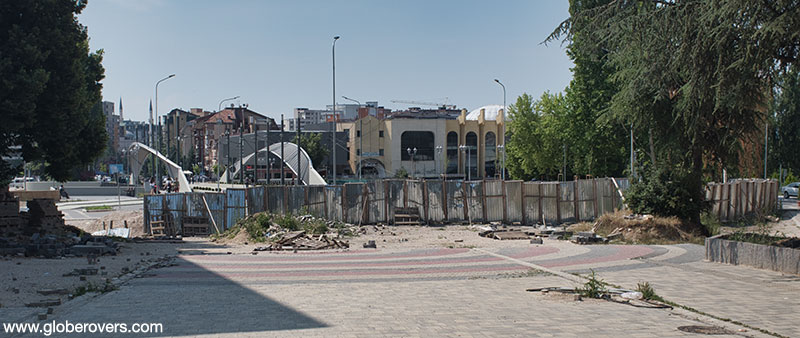
Serbs mainly populate north of the river, with some Albanian neighbourhoods along the banks of the Ibar. Albanians, with few Serbians, live south of the river. The south uses the Euro as does the rest of Kosovo, while the north section of the city uses the Serbian dinar.
The bridge remains a symbol of the division between Albanians on the south side and Serbs on the north, and tensions remain high. Tourists can walk freely between the two sections.
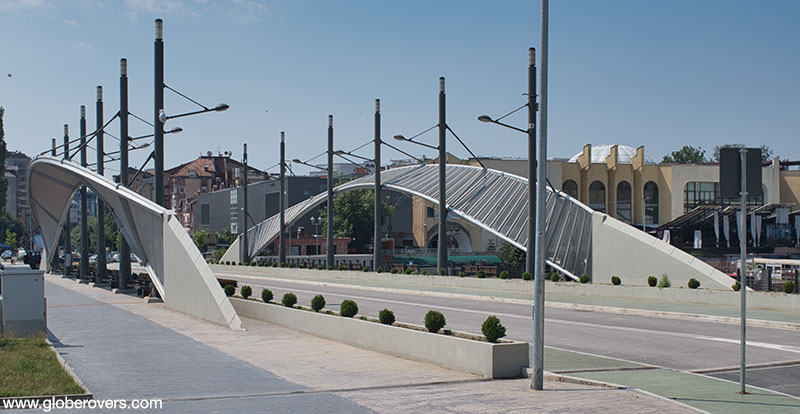
While Mitrovica’s main attraction is the novelty of visiting one of Europe’s last divided cities (another is Nicosia, Cyprus), the north offers the bizarre architectural

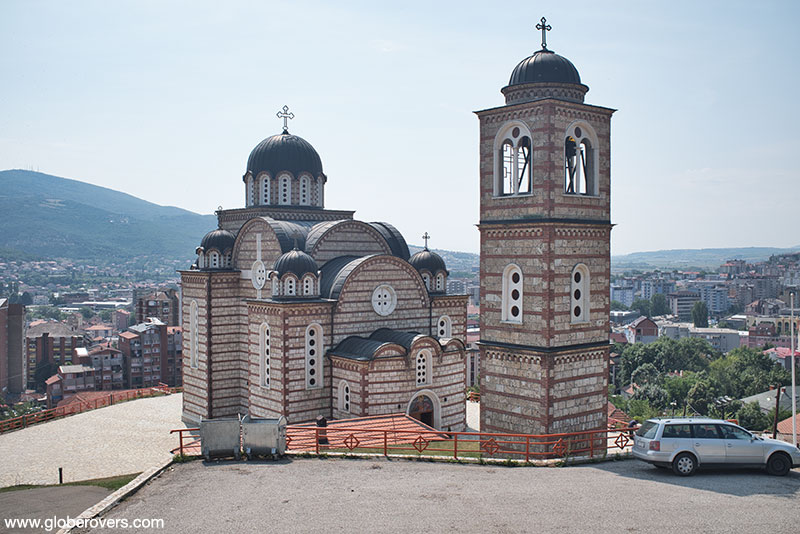
On the south side visit the Serbian Orthodox Church of Saint Sava with its 4,000-ton central dome fitted over a 40-day period in 1989.
While Mitrovica is the highlight of Kosovo among some travellers, the rest of the country has much to offer.
The town of Prizren in the southwest of Kosovo is one of the most beautiful and pleasant towns in the land. A stay at Prizren’s popular centrally located Theranda Hotel is highly recommended.
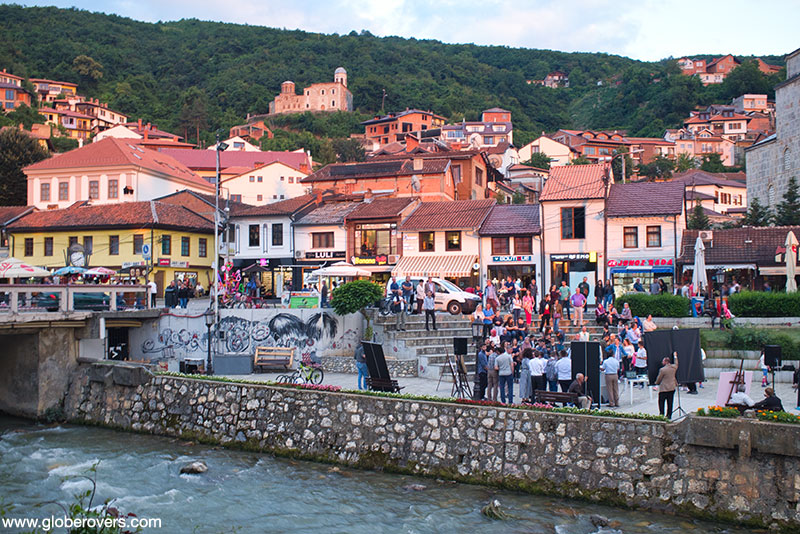
Prizren has many attractions and is best explored over a multi-day period. Nestled in a valley between the Šar Mountains (with its many ski resorts) on one side and the ruins of the Kaljaja Fortress hilltop citadel on the other side, Prizren has many mosques, churches, hamams, and cobblestone streets. The Lumbardhi River runs through the historic town with bridges such as the Old Stone Bridge and Blue Bridge of Love connecting one side of town with the other.
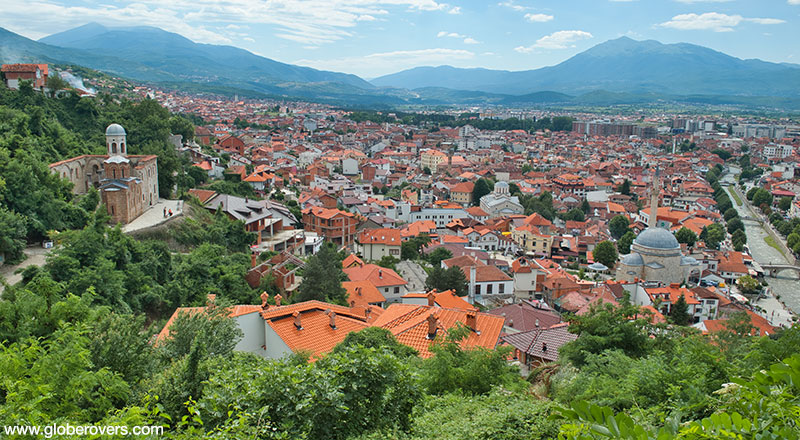
Kosovo’s capital, Pristina, is home to the iconic National Library, the incomplete Serbian Orthodox Church of Christ the Saviour, the Sultan Mehmet Fatih Mosque and the nearby 19th century Clock Tower (Sahat Kulla).


For nature lovers, the Rugova Canyon with extensive cave networks, and the Šar Mountains won’t disappoint.
☛ Read more: Europe’s 10 Lilliputian Countries
Get to know your Kosovo
- Kosovo is the 9
th smallest country (by area) in Europe. - Land area: 10,908 km².
- Population: 1,920,080.
- Tourist arrivals: 83,710 (2016).
- Capital: Pristina.
- Neighbouring countries: Serbia, Macedonia, Albania, and Montenegro.
- Known for the Kosovo War – an armed conflict that started in February 1998 and lasted until 11 June 1999.
- The name “Kosovo” is derived from a place meaning “field of blackbirds”.
- At least 111 countries recognize Kosovo as an independent country.
- The majority of the population is ethnic Albanian.

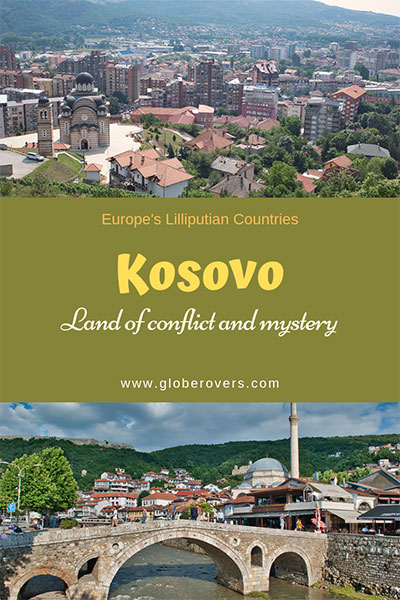

Blog post and photos by Peter who has been travelling almost full-time since 2005 and has been to over 122 countries. He visited several countries, such as Japan, more than 20 times. Peter is Editor-in-Chief and Publisher of GlobeRovers Magazine, an independent travel magazine focused on intrepid destinations.
